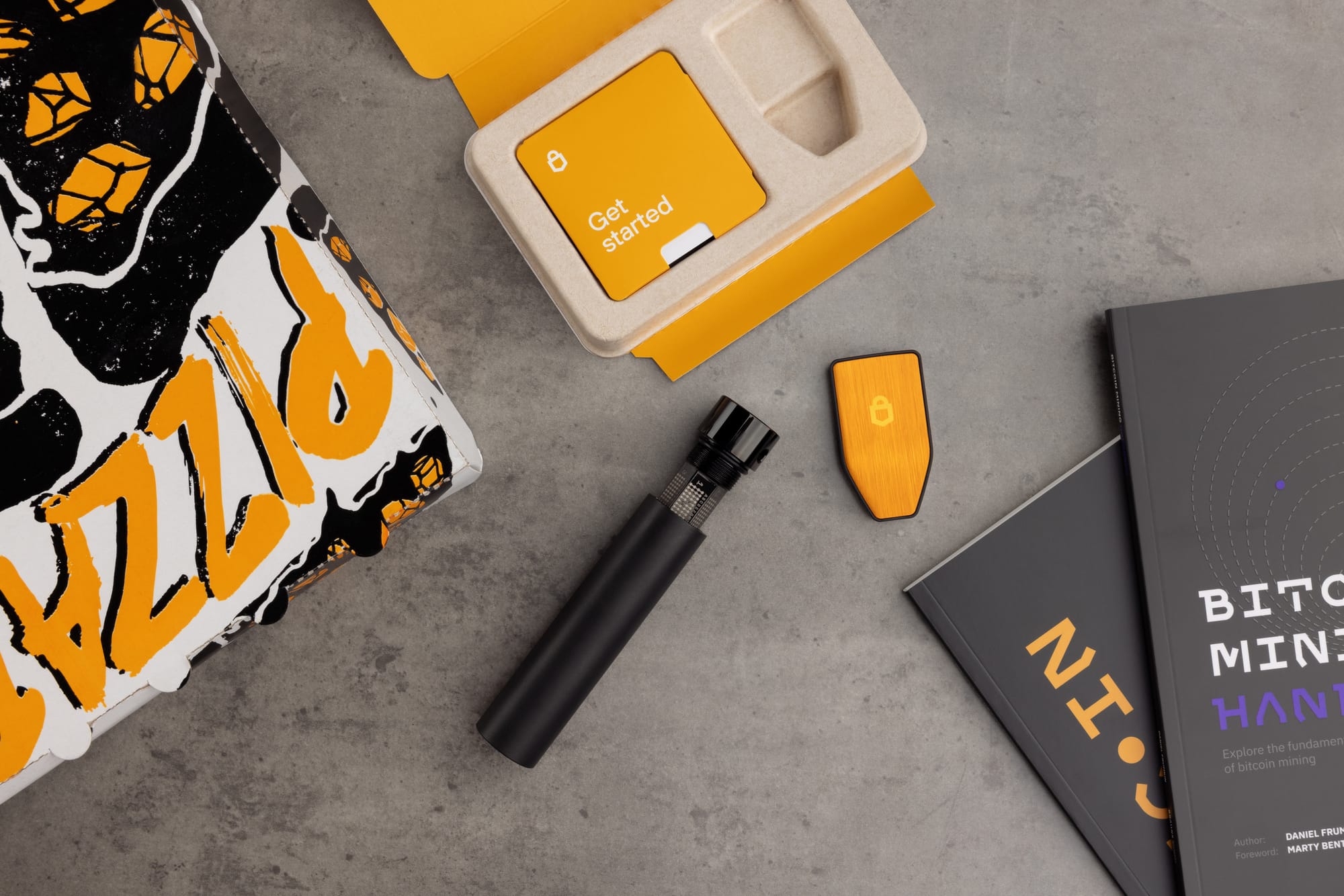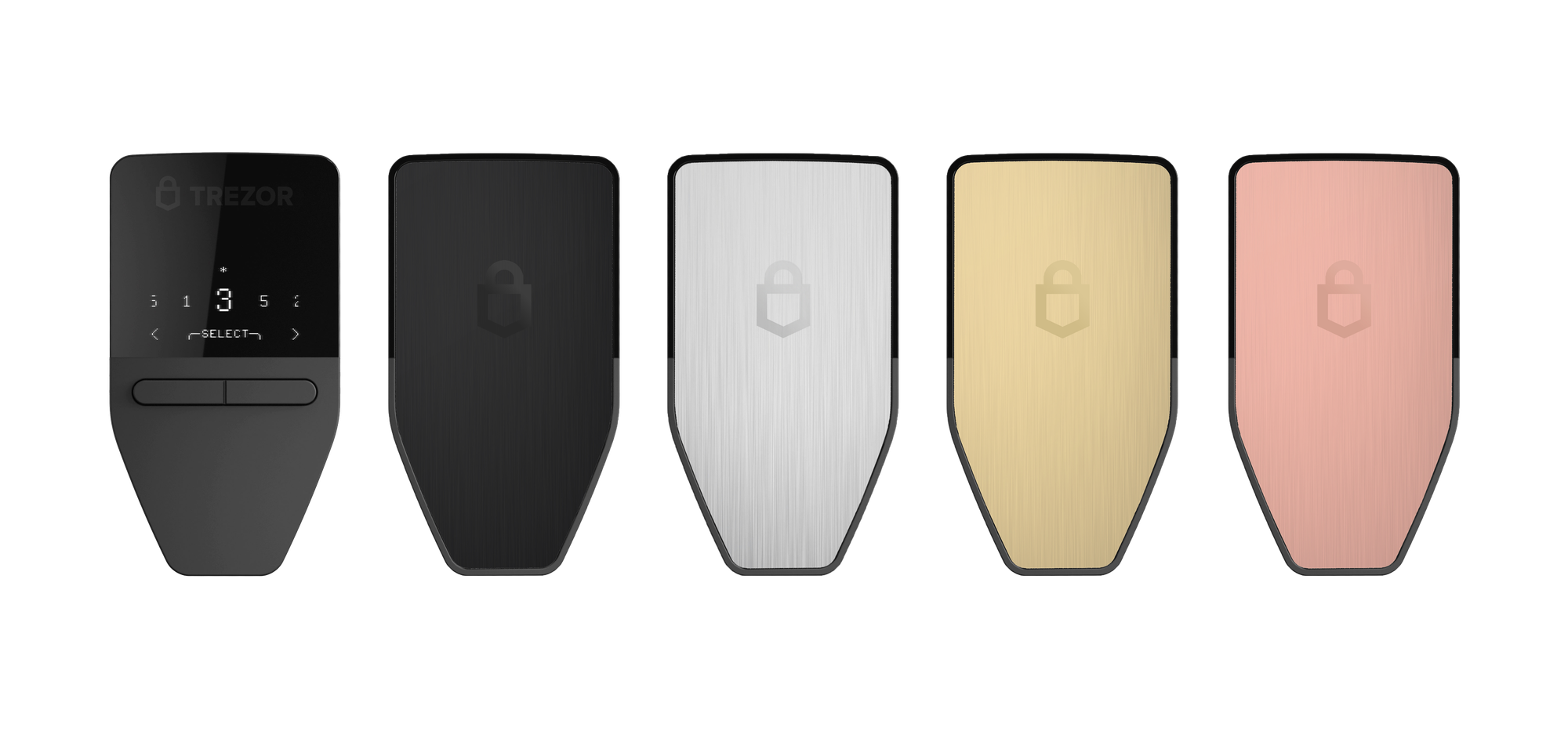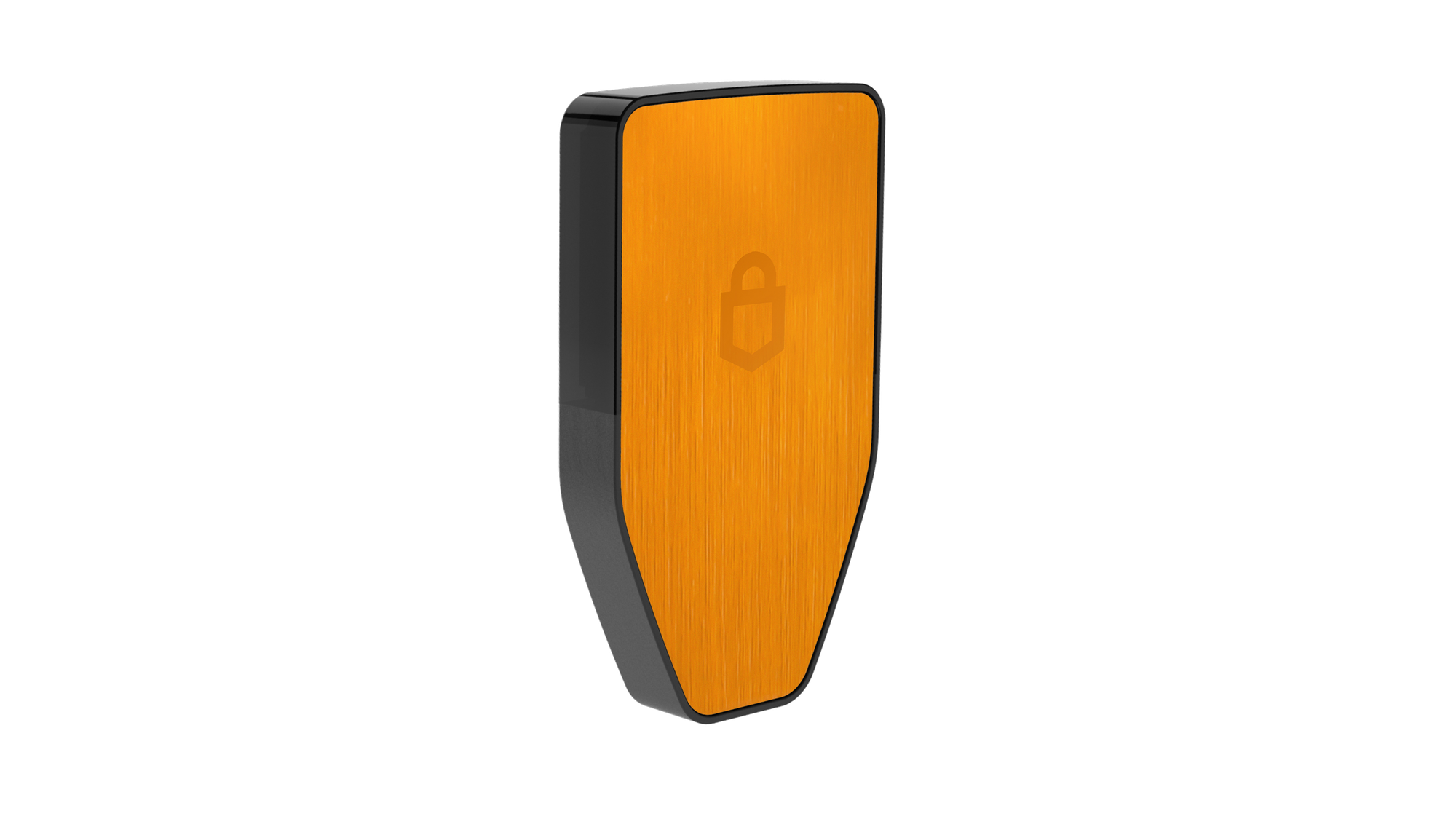Wallets - The Harder the Better
Unlike your traditional bank account that can help you recover lost funds, Bitcoin ownership places the responsibility of managing your funds on your shoulders alone. If you lose your bitcoin wallet, it's stolen, or your seed phrase becomes compromised, you may be out of luck if you haven’t taken the necessary steps to protect yourself.
Custodial wallets are user-friendly, and safer from your own mistakes, but you relinquish some control over your funds and inherintly must trust your the provider or host of your wallet to keep your funds safe from hackers or from going belly-up. This is a serious risk because it’s happened.
Non-custodial wallets offer the ultimate solution for ownership, control, and security, but require greater responsibility.
While it’s okay to start off with custodial wallets until you get the hang of things, you’re going to want to get your own wallet if you’re going to live on the standard.
This is where the concept of hard wallets and hot wallets come into play. Hot wallets are typically a mobile application or browser extension. They are always connected to the internet, making sending/receiving simple and easy, but this convenience also comes with the trade off increased vulnerability to hacking and theft. Hard wallets are physical devices solely designed to hold your bitcoin offline. This greatly increases your security.
A crucial element of any non-custodial wallet is the seed phrase - a list of words generated when you first create your wallet. This phrase acts as a master key to your bitcoin. If you ever lose your hard wallet or your phone, you’ll need to restore your access to your funds using this phrase. It is the single most important piece of your wallet and you cannot take it lightly. Store this phrase securely offline, preferably in a fireproof container inside a safe or safe deposit box, if you have one.
The hard wallets I would suggest are the Trezor Safe 3 and the Ledger Flex. While I own both, I would recommend the Safe over the Flex for four reasons:
- Shamir Secret Sharing
- Hidden Wallets
- It’s open source
- It’s cheaper
Choose your style - Trezor Safe 3
Shamir Secret Sharing and hidden wallets are so important and the main reason I advise the Safe 3 over other wallets. Here's why:
Imagine someone invades your home and puts a gun to your head. Yolife > your bitcoin, and you give up your seed phrase to protect yourself or a loved one. Unfortunately, that means that your bitcoin is now out of your hands forever and no government agency is going to refund your life savings. But it doesn’t have to be that way.
Hidden Wallets are a major feature of the Trezor Safe 3. In the robber situation, the invader knows you have crypto on your device. At gunpoint, he forces you to open the Trezor Suite app, plug in your device, unlock it with your PIN, and your wallet's funds are displayed. But Hidden Wallets are password protected and they create plausible deniability that the crypto on your main screen is all the bitcoin you have.
Let's say giving up your dust isn't enough, or the burglar wants your seed phrase instead. Shamir Secret Sharing is a method of splitting up your seed phrase into pieces like it's a financial horacrux. You choose how many seed phrase shards to generate and how many are needed to restore the wallet (⅔, ⅘, 5/7, 6/10, whatever). Keep one in your safe at home, one in a safety deposit box, and another in a family member’s safe across town and now you can afford to lose a seed phrase without harm, be it a burglar, a fire, or a flood.
The code for the Safe 3 is also open source, meaning that anyone can look into the programming and find errors or security vulnerabilities, and the device is quite affordable at only $79.
Bonus feature: ‘Self-destruct’ is an option on the Vault 3 as well.
Get the Bitcoin-Only Edition of the Trezor Vault 3
So, you’re one step closer to financial freedom, but how do you begin?
Preparation
If you’re going to adopt the Bitcoin standard, it would probably be a good idea to ensure your financial situation can withstand some turmoil. It requires a different mindset about money and a strong stomach for volatility. If all of your savings were cut in half overnight, could you survive?
Take a hard look at your finances and lower your bills. Do you really need subscriptions to three different streaming services? You can only watch one at a time. Do you really need that new game or book when you have so many yet to be finished?
Reducing your expenses will protect you from being forced to sell more Bitcoin during market downturns and allow you to better ride the wave and potentially benefit from future price increases. Building an emergency fund will provide a safety net during price swings and every sat you can save and hold contributes to your long-term resilience.
Read about minimalism. It’s not just decluttering your physical space; it’s about prioritizing what truly matters in your life, cutting out the excess, and focusing on experiences over material possessions. This philosophy can be incredibly beneficial when adopting the Bitcoin standard.
By simplifying your lifestyle and reducing your reliance on consumerism, you’re freeing up resources that can be allocated towards acquiring and holding more Bitcoin. Minimalism can help you cultivate a greater appreciation for the things you own and reduce your desire for unnecessary spending.
Speaking of stacking sats, there is another method worth mentioning…
Hodl or Trade?
Some people grow their stack by day trading; timing the ups and downs of the markets to increase the amount of bitcoin they have over time without fronting more cash, but this isn’t a cost-free method to get more bitcoin. Not only are any gains you make going to be subject to short term tax rates according to your income tax bracket (more on that later), but the time and stress of day trading will add chaos to your life.
Trading requires you to keep track of the market, and unless you have generous free time and can function on a lack of sleep (because I would bet that when actively trading crypto you’re going to wake up in the middle of the night to check prices), I don’t recommend it but you do you.
Consider if it would be best for your mental health if you are constantly plugged into the market, especially if you’re living the bitcoin standard and all of your finances are saved in Bitcoin. You’re going to stress yourself out when you end up inevitably down at some point, especially if you’re thinking short-term.
Fear will seriously impact your ability to make decisions in a volatile market and all the stress is truly unnecessary when you’re thinking long term, as you should on the bitcoin standard. This is why I’m a hodlr, or buy-and-holder. I don’t worry about price and buy every week, or dollar-cost-average as it's called.
I prioritize saving more BTC over everything else, especially because…
Tax Withholding – No more interest-free loans to the government
At the beginning of the year, I go exempt with my employer and keep the income taxes normally taken out of my paycheck and convert this money into BTC, too. I do this because I believe I should profit from my own money rather than give it to the government before it’s due and allow them to make money off it throughout the year or squander it.
I cannot advise this to anyone. It is extremely high risk. I pay a fine to the IRS every year because of it. Do not do this unless you have multiple times over your expected annual tax bill put aside so that you can survive a market crash of 70% and still pay your taxes when the time comes. Even then, you still shouldn’t do this.
The only reason I justify doing this myself is because I own my vehicle outright, have a cheap 350 sqft apartment, the only debt I have is student loans, and I have months of income saved up.
I set myself up so that I can survive market swings on the Bitcoin standard. But how do I do that, exactly? How do I manage my cost basis and what tools might I use for that?
I'll show you in part 3!



Discussion